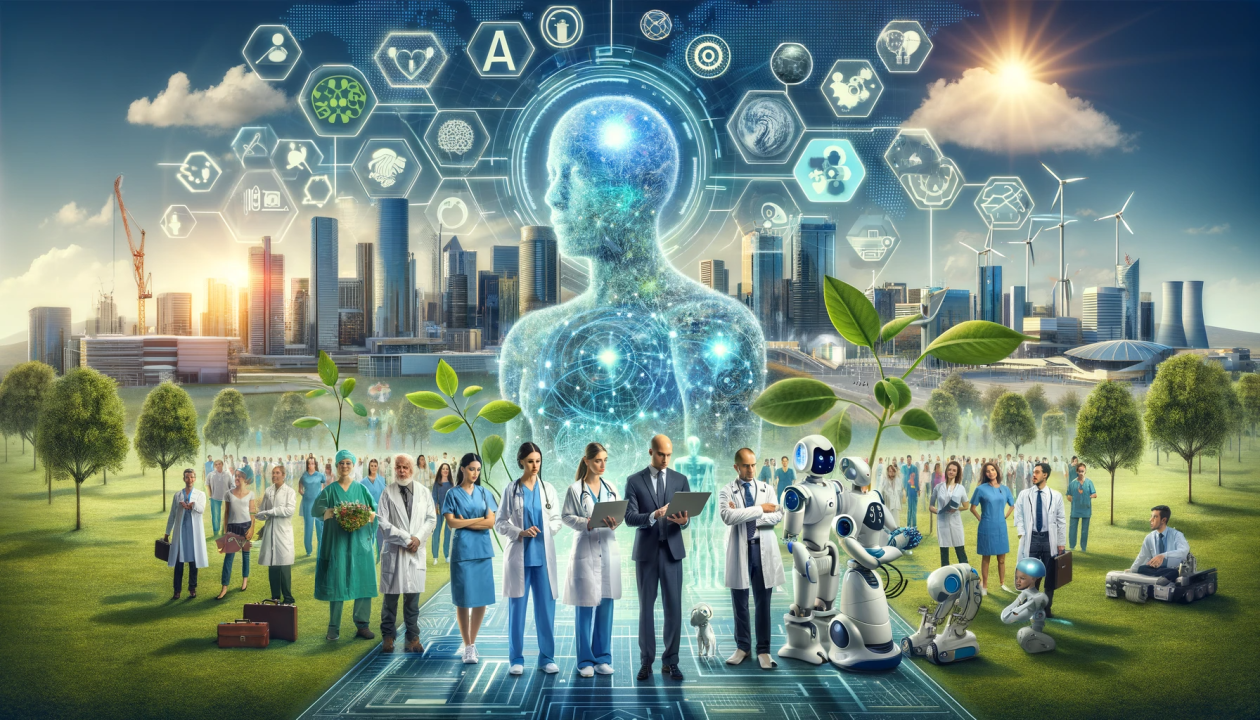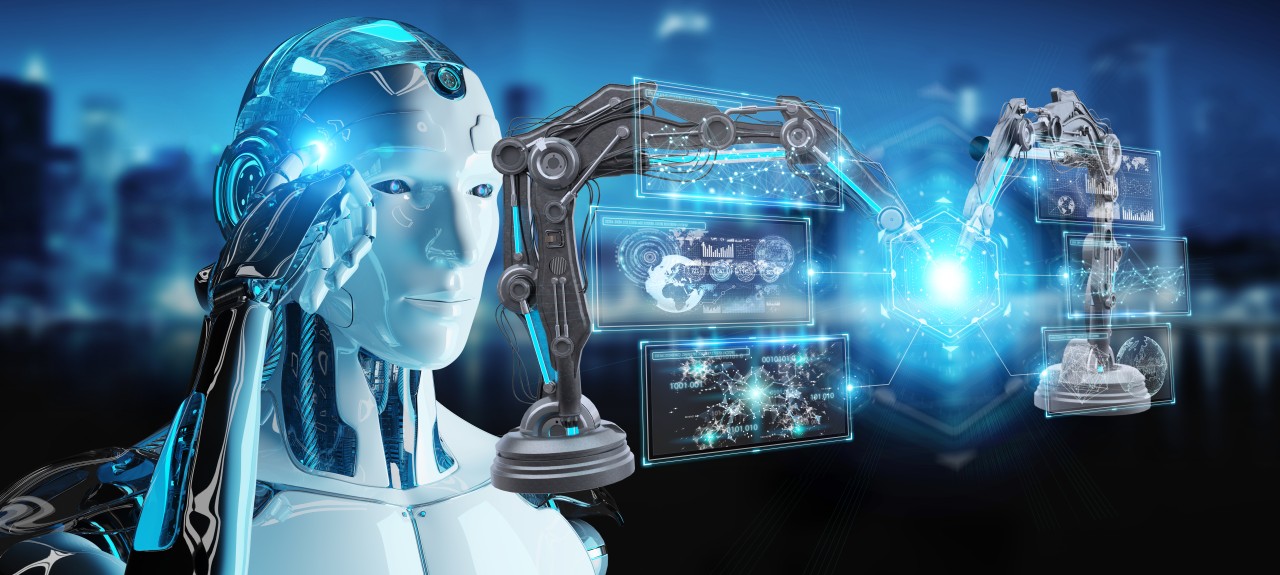Artificial Intelligence (AI) has reached a stage where it can simulate the collective intelligence of multiple humans, offering profound implications for decision-making processes traditionally reserved for human teams. This capability raises important questions about whether AI-generated decisions should be treated like team decisions and highlights the indispensable role of human intuition in refining and contextualizing AI insights for better outcomes.
AI as a Simulation of Collective Human Intelligence.
Collective intelligence refers to the shared knowledge and problem-solving capacity of a group of people working together. AI systems can now aggregate and process vast amounts of data from diverse sources, mimicking the way multiple human experts might collaborate. For example, in disaster relief scenarios, AI can coordinate drone surveillance, analyze satellite imagery, and deploy robots to deliver aid, effectively acting as a synthetic team that enhances human efforts on the ground. This “hybrid collective intelligence” enables faster, more accurate insights and more efficient resource allocation than human teams alone.
Moreover, AI can facilitate team decision-making by collecting critical information, encouraging information sharing, and making recommendations based on data analysis. When integrated early in the decision-making process, AI assistance can improve team performance by promoting better communication and information flow among human members. This suggests that AI’s role in decision-making is not just as a tool but as a participant in a collaborative process, akin to a team member.
The Necessity of Human Intuition
Despite AI’s impressive capabilities, human intuition remains crucial. AI systems depend heavily on the quality and structure of the data they analyze. Without reliable, structured, and meaningful data, AI-generated insights can be misleading or incomplete. Human intuition guides the framing of problems, the selection and preprocessing of data, and the ethical considerations that AI cannot inherently grasp.

Human intuition also plays a vital role in interpreting AI outputs, especially in complex or ambiguous situations. AI can generate data-driven recommendations, but humans provide the contextual understanding and strategic foresight necessary to make final decisions. For instance, a CEO might use AI to analyze market trends but must rely on intuition and experience to assess risks and make nuanced judgments.
Furthermore, human intuition acts as a safeguard against biases in AI systems. Since AI models can perpetuate existing societal biases present in training data, humans must identify and mitigate these biases to ensure fairness and equity in AI-driven decisions.
Critical Thinking: The Bridge Between AI and Human Insight
In the AI era, critical thinking emerges as an essential skill that empowers individuals to collaborate effectively with AI. Critical thinking enables people to question, interpret, and enrich AI outputs with their own perspectives and values, transforming raw data into meaningful insights. This skill is particularly important because AI-generated content or analysis, while fast and data-rich, lacks the unique human creativity, ethical judgment, and contextual depth that make decisions truly valuable.
Educational initiatives are focusing on nurturing critical thinking to prepare future generations for a world dominated by AI. Teaching ethics, collaborative inquiry, and reflective thinking equips young learners to navigate AI’s complexities responsibly. For professionals, critical thinking involves iterative dialogue with AI—posing nuanced questions, refining outputs, and integrating personal knowledge to achieve breakthroughs beyond standard AI responses.
Conclusion
AI’s ability to simulate collective human intelligence transforms how decisions can be made, blurring the lines between machine-generated and team decisions. However, the human element—intuition, critical thinking, and ethical reasoning—remains indispensable in refining AI insights and contextualizing them within real-world complexities. The most effective decision-making in the AI era arises from a partnership where AI amplifies human capabilities, and humans guide AI with wisdom and discernment. This synergy ensures that AI serves as a powerful collaborator rather than a replacement, fostering smarter, fairer, and more nuanced decisions.

